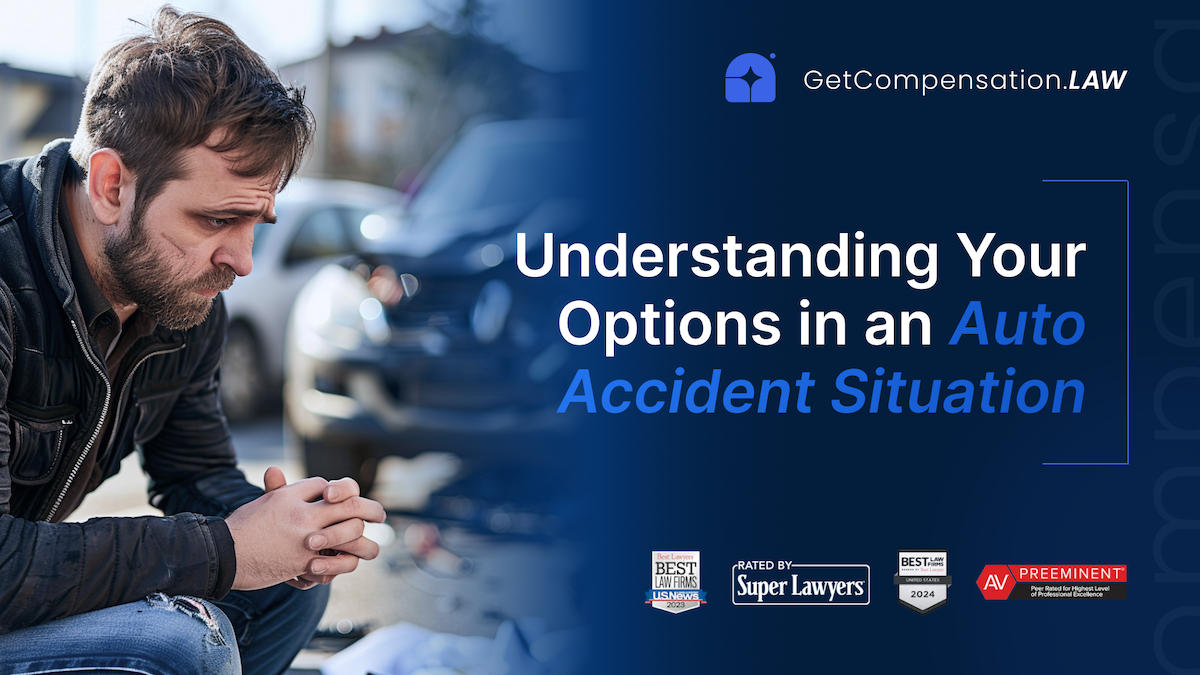
Preventive Measures and Safe Driving: How to Reduce Your Risk of Being in an Auto Accident
Prioritize regular vehicle maintenance, utilize safety features, practice defensive driving, stay focused, and adhere to traffic laws to significantly lower accident risks.
Our Network of Attorneys Are Recognized by the Best
In a world where roadways are bustling and unpredictable, taking proactive steps to ensure safety is paramount for every driver. This article sheds light on essential preventive measures and safe driving practices that can significantly reduce the risk of being involved in an auto accident.
Embrace Preventive Measures
Regular Vehicle Maintenance: Keeping your car in top condition is crucial. Regular checks and maintenance of brakes, tires, lights, and other systems can prevent malfunctions that might lead to accidents. Ensure your vehicle is serviced according to the manufacturer's recommendations.
Use Safety Features Wisely: Modern vehicles come equipped with various safety features like airbags, anti-lock braking systems (ABS), and electronic stability control. Familiarize yourself with these features and use them correctly to enhance your safety on the road.
Plan Your Journey: Before you set off, plan your route, considering factors like weather, traffic conditions, and the time of day. Use navigation tools to stay informed about road closures or traffic congestion and adjust your route accordingly.
Adopt Defensive Driving Techniques
Stay Alert and Focused: Distractions like texting, eating, or using in-car systems can take your attention away from the road. Stay focused, keeping your eyes on the road and hands on the wheel at all times.
Maintain Safe Following Distances: Keep a safe distance between your vehicle and the one ahead. This gives you ample time to react to sudden stops or emergencies, reducing the likelihood of a rear-end collision.
Anticipate Others’ Actions: Be aware of other drivers’ behaviors and anticipate potential mistakes. Expect the unexpected, such as pedestrians crossing unexpectedly or cars changing lanes abruptly.
Adjust for Weather Conditions: Adverse weather conditions like rain, snow, or fog can impair visibility and affect vehicle handling. Slow down, increase your following distance, and use your lights to improve visibility.
Cultivate a Safe Driving Mindset
Avoid Aggressive Driving: Speeding, tailgating, and erratic lane changes can put you and others at risk. Maintain a calm demeanor, adhere to speed limits, and respect traffic laws and other road users.
Know Your Limits: Driving while fatigued or under the influence of alcohol or drugs can severely impair your judgment, coordination, and reaction times. If you’re tired or have consumed alcohol, avoid driving and seek alternatives like public transport or a designated driver.
Educate Yourself: Stay informed about the latest road safety guidelines, traffic laws, and driving techniques. Consider taking a defensive driving course to enhance your skills and awareness.
Reducing the risk of being in an auto accident involves a combination of preventive maintenance, adherence to safety protocols, and the practice of defensive driving techniques. By committing to these proactive safety measures and cultivating a responsible driving mindset, motorists can contribute to safer roadways and protect themselves and others from the devastating impact of road accidents. Embracing these practices not only enhances your safety but also sets a standard of conscientious driving in the community.




